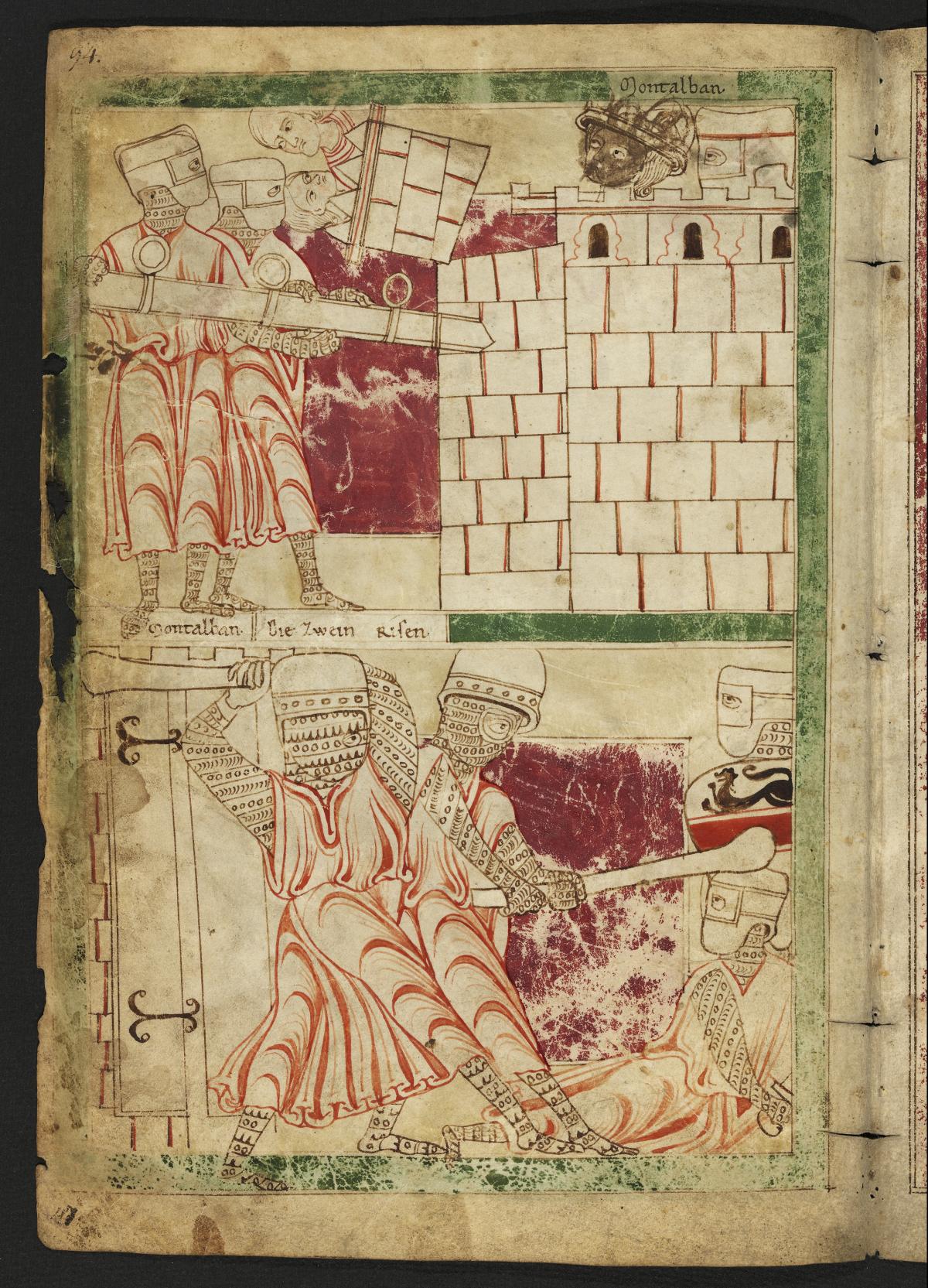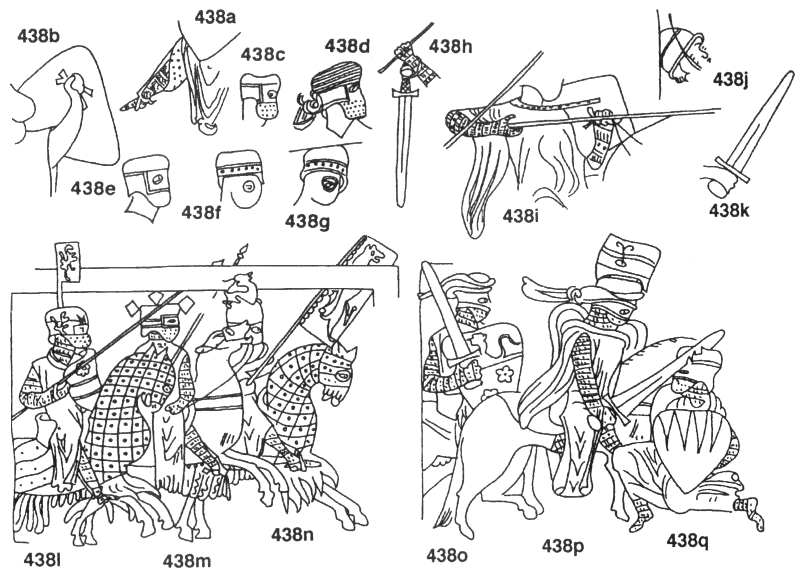Amazon Prime Student 6-month Trial

Try Amazon Audible Premium Plus and Get Up to Two Free Audiobooks
Eneit, Bavaria, Germany
Aeneasroman by Heinrich von Veldeke
f. 46v Die Zerstörung des Brückenturmes
The destruction of the bridge tower.

Ausfall der trojanischen Riesen
Failure of the Trojan giants
Title: Eneit : Ms. germ. fol. 282
Author: Heinrich <von Veldeke>
Place: Bayern
Year of creation: 1220
Period of creation: [um 1220/1230]
Extent: 74 Bl.
Language: german
Location: Staatsbibliothek zu Berlin - Preußischer Kulturbesitz, Berlin, Germany
Signature: Ms. germ. fol. 282
Category: Handschriften, Sprachen / Literaturen
Project : Handschriften digital
Digitalisator : Staatsbibliothek zu Berlin - Preußischer Kulturbesitz, Germany
Indexing date: Montag, 17. Mai 2021
Structure type: Manuscript
Aeneas, mythical hero of Troy and Rome, son of the goddess Aphrodite and Anchises. Aeneas was a member of the royal line at Troy and cousin of Hector.
He played a prominent part in the war to defend his city against the Greeks, being second only to Hector in ability.
Homer implies that Aeneas did not like his subordinate position, and from that suggestion arose a later tradition that Aeneas helped to betray Troy to the Greeks.
The more common version, however, made Aeneas the leader of the Trojan survivors after Troy was taken by the Greeks.
In any case, Aeneas survived the war, and his figure was thus available to compilers of Roman myth.
Encyclopædia Britannica
Referenced as e, f & g on p.175, Arms and Armour of the Crusading Era, 1050-1350, Western Europe and the Crusader States by David Nicolle.
438A-Q Eneid of Heinrich von Veldeke, Germany, c.1145-1210
(Deutsche Staatsbibliothek, Ms: Germ. 20282, Berlin, Germany)

This is one of the most interesting of 12th or early 13th-century German manuscripts, particularly for the helmets that it portrays.
These include flat or almost flat-topped types with or without nasals (F and G).
Others are either proto-great helms consisting of little more than flat-topped helmets with face-masks (C and D), or early forms of true great helm (E and L-Q).
An archer is also shown in a kind of narrow-brimmed chapel-de-fer war-hat (J).
The figures with flat-topped great helms lacking face-masks seem to have mail coifs covering the entire face save for eye holes (F and G).
Such a style seems to be almost unique outside Central Asia and the Islamic world.
If it really was seen in late 12th-century Germany it is likely to have reflected Eastern European or even steppe influences.
Three figures have some kind of turban wound around their helmets (D, O and P), while others carry substantial crests (L-N and P).
Another unusual but not unique feature for Europe is the wrist-strap around the pommel of one sword (H).
The swords themselves are much more conventional. Mail hauberks now include mittens (I, L, M, O and P), and mail chausses are worn (A, I, N, P and Q).
Shields are kite-shaped but shorter, held by enarmes (D[B] and I) and sometimes supported by guiges (I, L, P and O).
Two horses wear caparisons or bards, the decorations of which are clearly not heraldic and probably indicate padding, quilting, or even mail linings (Land N).
Previous: f.46r, Second assault on Montalbane under the leadership of Turnus and Camilla
Next: f.50r, Combat of Pallas and Turnus
Back to "Eneit", Aeneasroman by Heinrich von Veldeke



